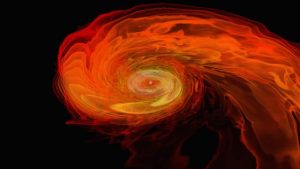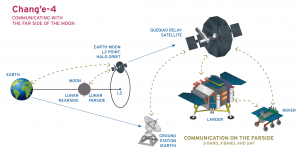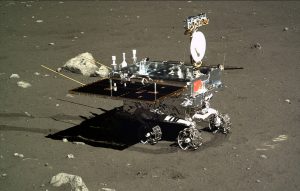
(Cancer, Source: Alpha Stock Images)
Recent statistics released by the Canadian Cancer Society estimate that one in every two people will be diagnosed with cancer in their lifetime. Statistics that if accurate, implore the general public and scientists alike to ask what progress is being made on the front of finding a cure for cancer. Enter “The State of Cancer: Are we close to a cure?” by Maria Cohut, an article published in Medical News Today written with the intention of answering this question.
pros of the Prose
In the current epoch of ‘fake news’ where inaccurate claims are shamelessly made, this article employs the use of a ‘fact checker’. A useful method that should become an industry standard. This coupled with the utilization of hyperlinks to the literature referenced, facilitates an opportunity for readers to critically appraise significant claims. Such as the compelling statistic that a staggering 1 in 6 deaths globally are cancer related. A statistic that emphasizes the timeliness of the article, whilst offering the reader a tool to confirm the compelling results for themselves and instilling confidence that a month later it will not be debunked as inaccurate. When concerning a topic and data that impacts so many people not only nationally but internationally, and on which hope is so quickly built upon; it is imperative that such articles are transparent in their conclusions.
COns of the Content
A pathological issue in the cancer-article genre is the writer’s inability to connect the research and breakthroughs to the readers beyond an informative description. Cohut breaks down the frontiers of cancer research; but, falls short of informing the reader (and possible patient) on ways to get involved in the study in either a volunteer or donor capacity. Often the topics of such articles are still in a research and development phase or preparing to enter hum

(Lost, Source: Pixabay)
an trials. The need for both volunteers and donors may exist, but too often fails to be addressed. The target audience for these cancer treatment articles have recently received a life-changing diagnosis or heartbreaking news and are in search of hope. When articles such as Cohut’s become fixated on describing the ‘latest and greatest’ in cancer research, they fail to pay off on what interested the reader in the first place, the hope to engage in a mutually beneficial opportunity to improve their chances of beating the diagnosis.
Is ‘ok’ okay?
Cohut’s article identifies the current state of knowledge in cancer research, but ultimately fails to leave any lasting impact, which is disappointing considering that involving a reader in such research is as simple as a hyperlink. In Canada, where individuals have a 50% chance of receiving a cancer diagnosis in their lifetime, should the medium evolve to equip and involve their readers or settle with a catchy title, an ‘ok’ article, and no practical takeaway message?

(Hope, Source: Alpha Stock Images)
By: Jonathan Kraft







